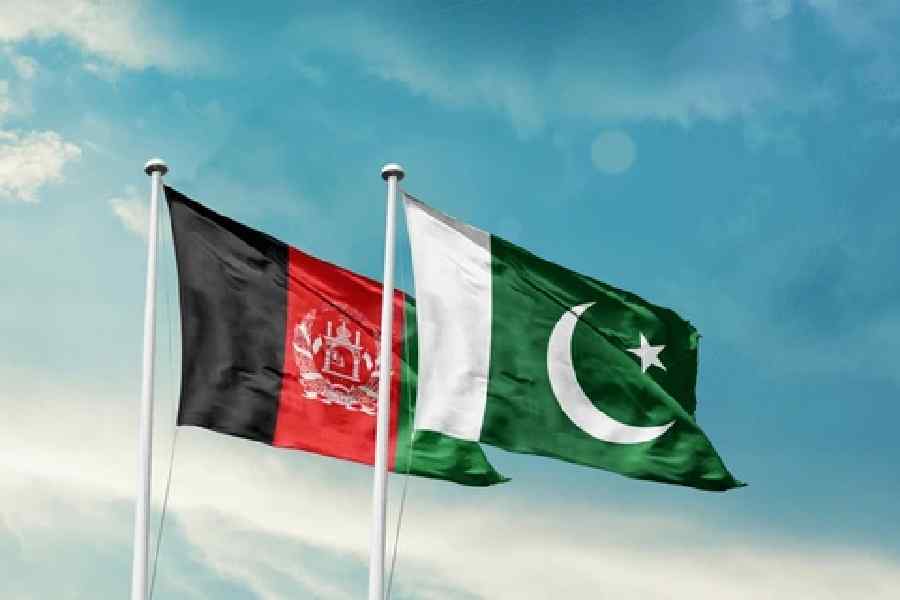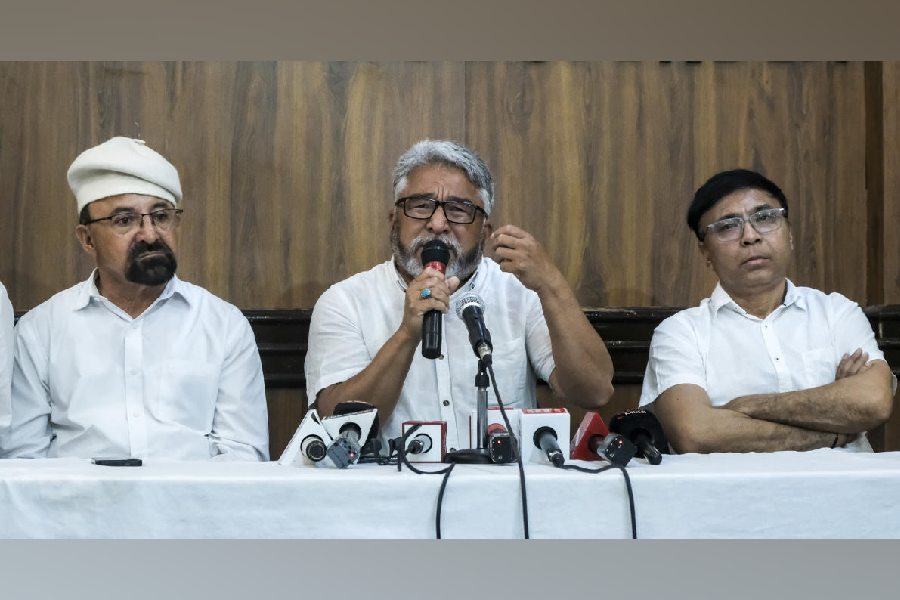|
|
| Safer flights |
The recent ‘near miss’ at Mumbai airport involving the fleet of helicopters flying the president of India and her party speaks poorly of the management of national air space. The ensuing public spat between the minister of civil aviation and the chief of air staff underscores the view that air space management, like so many other issues of governance, is a victim of turf wars. This was evident in the reported statement of the minister to the effect that his ministry did not enjoy a perfect relationship with the Indian air force and that better coordination was needed. For the public and, more specifically, the aviation fraternity, such an admission must surely ring alarm bells. Who would want to fly in air space that is poorly managed?
At the time of writing, the ‘near miss’ is still under investigation. But one thing is intriguing. What happened to the earlier rule that required closure of air traffic for a specified time both before and after VVIP movement? Had this still been in place, an error by anyone involved would not have compromised the safety of the president. The exemplary record of the IAF communication squadron, which is entrusted with the task of flying VVIPs and VIPs, is adequate testimony to good practices of the past. From the reported event, it would appear that this rule now stands abolished. Is one to believe that somewhere along the line, the demands of civil aviation with its attendant commercial underpinnings have resulted in this compromise?
Ever since civil aviation in the country was opened to private enterprise, there has been an exponential growth in air traffic. Not unnaturally, as competition has become fiercer there has been increasing pressure on the infrastructure on the ground, on the air traffic control services and on airspace. In the recent past, the ministry of civil aviation has set up no less than four committees to cover various aspects. In none of them did the ministry find it fit to co-opt IAF representation, thus indicating a somewhat parochial mindset. Aviation is a highly capital-intensive enterprise and the need for perfect coordination in optimal use of all its resources becomes paramount. The problem, as in all other spheres of Indian governance, is that rather than search for optimal solutions covering larger national interests, we look to protect turfs.
Air space is a national asset and needs to be used optimally towards enhancing national security, air safety and commercial interests. Much like the pressure on the defence forces to release more wireless spectrum for civil communications, there is pressure on the IAF to release more air space for commercial use. Reports indicate that the IAF has agreed to flexible use of some of its air space. This is all to the good, but it covers only a small part of the problem. When competing demands for resources confront us, the nation must take a call and arrive at priorities. In the context of air space, national security and air safety must precede other interests. These are facilitators of smooth civil air operations and by no means obstacles. Sometimes one wonders if this is understood by the mandarins of civil aviation!
The responsibility for the security of national air space lies entirely with the IAF. The air safety aspects concern their respective spheres, the IAF and the director general of civil aviation. The commercial areas are solely within the domain of the ministry of civil aviation and agencies under it. While it is administratively necessary to separate areas of responsibility, operationally the use of the same airspace by multiple users — operating platforms of vastly differing performances, carrying out differing missions and routines, reporting to different agencies in a dynamic environment where decisions and actions need to be taken in seconds rather than minutes — calls for a well-crafted air traffic management system. This system would cover en route and airport air traffic control, air space management, communication, navigation and surveillance, contingency planning and crisis management, aeronautical and meteorological information, and search and rescue. The Naresh Chandra committee had commented that “under the existing arrangement, wherein both airports and ATC services are controlled by a single organization (i.e., AAI), ATC services often remain neglected on account of inadequate attention from the top management”.
As hijacking and other terrorist threats become more sophisticated, the misuse of the country’s air space under the guise of civil air movements for terrorist-type attacks or clandestine activities is becoming an ever-looming threat. The Purulia episode in 1995 should have cautioned us that we were not masters of our air space and that coordination between the IAF and civil aviation authorities was sorely lacking. It is, however, the 9/11 attacks in the United States of America that have brought home the grave danger that can be posed by terrorism from the air. Today, not just airliners, but even light aircraft, micro lights and unmanned air vehicles can all be converted into lethal weapons, and the only way to neutralize the threat is to maintain undivided military control over the entire air space of the country round the clock. The recent Mumbai carnage showed that our coastal defence system failed us mainly because of divided responsibilities. We cannot afford a repeat of this in the air. The lack of coordination the minister talked of points precisely to this type of weakness.
Whilst the challenges are great, these are not unique to us and countries with limited airspace and larger volumes of traffic have faced similar dilemmas and have evolved suitable models that are working well. We neither need to reinvent the wheel nor seek consultancy, as there is more than adequate knowledge, talent and expertise available within. All we need to do is accept that by indulging in turf wars, we are merely creating more hurdles for smooth air operations in the country.
The ministry of civil aviation had in 2003 constituted a committee under the erstwhile cabinet secretary, Naresh Chandra, to prepare a roadmap for the civil aviation sector that would provide the basis for a new national civil aviation policy. The committee had highlighted the current drawbacks in the air traffic management services and recommended hiving these off from the current jurisdiction of the Airports Authority of India into a separate corporate entity in line with international trends. Five years on, even this limited recommendation remains on paper. In addition, the national civil aviation policy that was put up to the cabinet in 2007 has still not been approved, although nothing in it would have overcome the burning issues of national security and air safety that are the subjects of the current discussion.
Recognizing that aeronautics is the most significant modern technological influence and is a major tool for economic development with a significant role in national security and international relations, the Aeronautical Society of India under the presidentship of A.P.J. Abdul Kalam had, in 1994, proposed a comprehensive national aeronautics policy document for the consideration of the government. In 2004, the society resubmitted a revised proposal. The proposed policy anticipates the issues discussed above and proposes a viable organizational and management model to cover various institutions like a civil aviation authority, a national air safety board, a national air traffic, space and air navigation agency, an airworthiness and quality assurance agency, and civil military coordination. This proposal remains lost in ministerial archives.
This ‘near miss’ can become a wake-up call to the government to seriously look at aeronautics across the country as one entity. This must cover national security, air safety, commercial aviation and the aerospace industry. The aim should be to introduce organizational and management changes such that aeronautics in India makes the best use of resources and in turn becomes a generator of wealth. The government already has a headstart in this. All it has to do is dust the national aeronautics policy proposal and consider its implementation. It took the Mumbai carnage for the government to set up Coastal Command. For once, let us be a step ahead.
The author is a retired air marshal of the Indian Air Force











